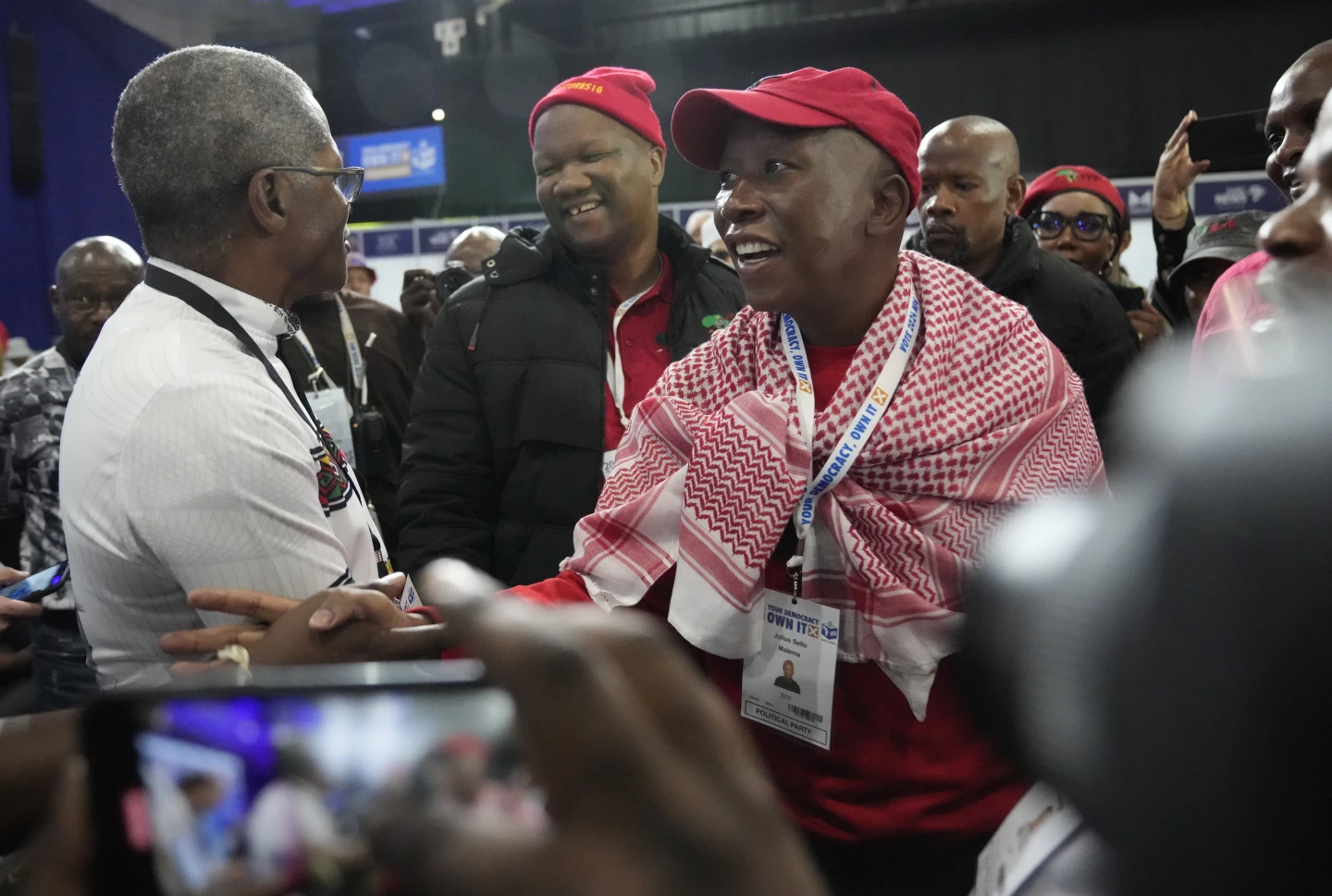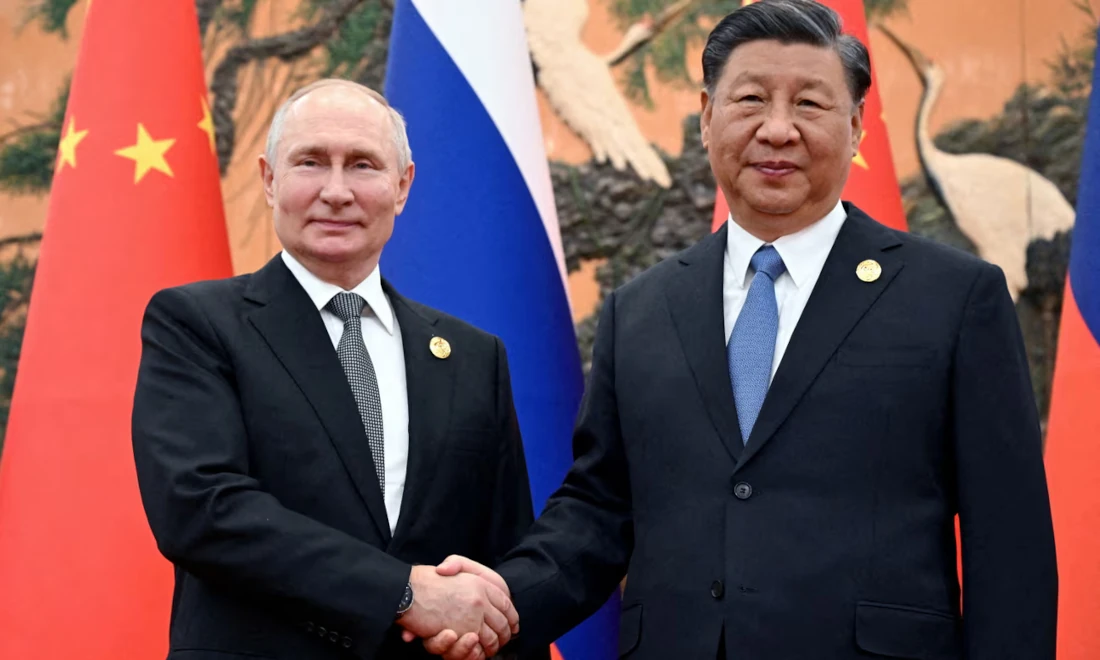With US president-elect Donald Trump returning to the White House, the United States faces a critical question about its position in global innovation. As Trump revives his “America first” strategy and pushes for manufacturing independence, a paradox looms: can the US lead in innovation if it lacks the infrastructure to build at scale?
For years, US tech giants have relied on China to bring their visions to life. Now, Trump’s renewed reliance on tariffs, with plans for import rates as high as 60 per cent on all Chinese imports, represents an attempt to reshape US manufacturing by discouraging foreign competition on American soil. However, this approach could disrupt the agility and global integration that modern innovation demands.
Historically, tariffs protected fledgling industries; today, they often inflate prices without addressing the core issue of a need for a domestic manufacturing base. In a globalised economy, tariffs alone cannot recreate the manufacturing strength of mid-20th-century America.
With the US already struggling to catch up in critical sectors such as solar energy and electric vehicles (EVs), a comprehensive approach is needed if it hopes to reclaim its place as a manufacturing leader. In clean energy, for instance, US solar factories lag behind those in China while Chinese-owned facilities on US soil show advanced scaling capabilities. Trump’s tariffs reveal US reliance on foreign expertise in industries it aims to lead.
This underscores the complexities of pursuing manufacturing independence while retaining a foothold in hi-tech markets built on global collaboration. It also reflects a broader truth: without integrated manufacturing, US firms risk stagnation in their own innovation cycles.
Detroit’s historic carmakers face similar challenges as they compete with Chinese EV giants such as BYD, whose advanced technology and rapid production cycles have set high standards. Ford CEO Jim Farley has acknowledged the appeal of Xiaomi’s EV technology, saying of his Xiaomi Speed Ultra 7 that he “didn’t want to give it up”. This reflects the success of China’s integrated model, where R&D and manufacturing work together to enable rapid iteration and scalability.










